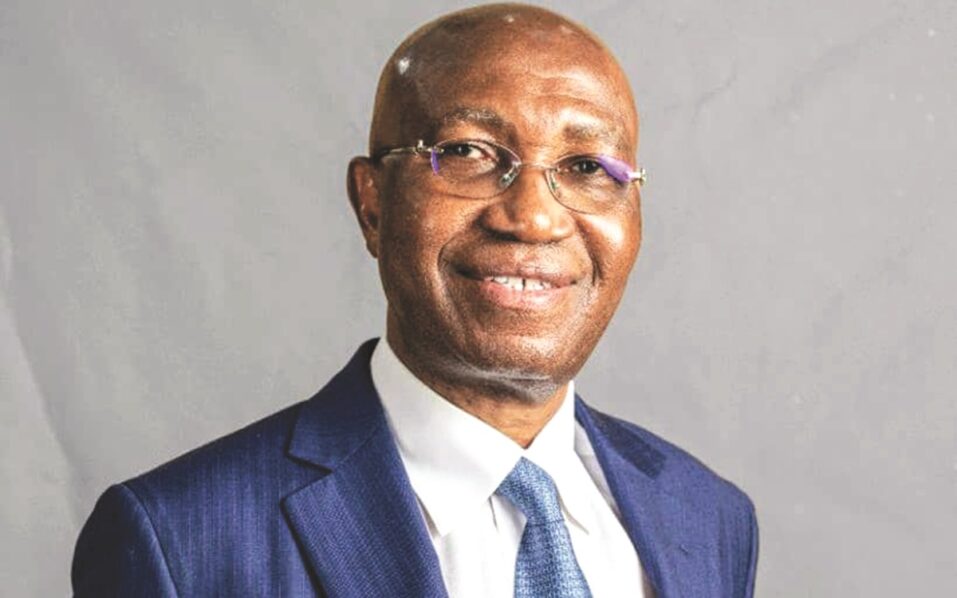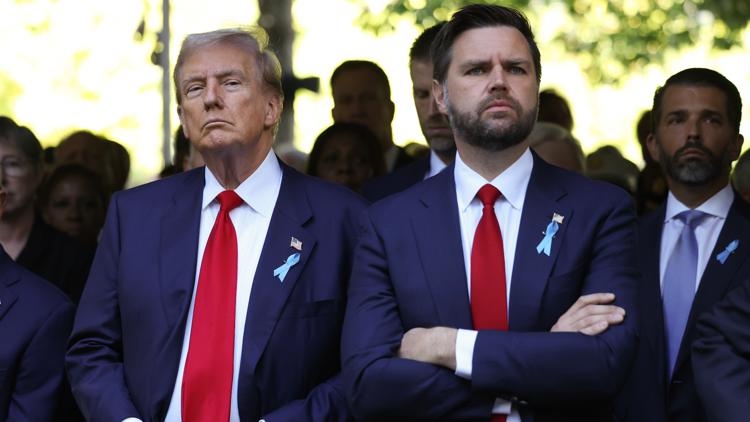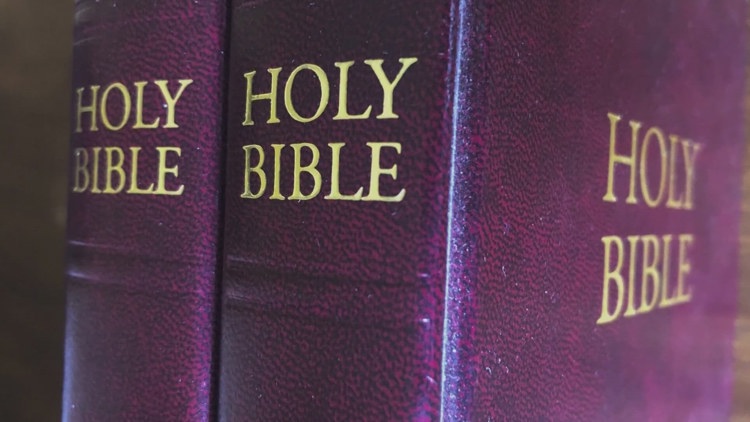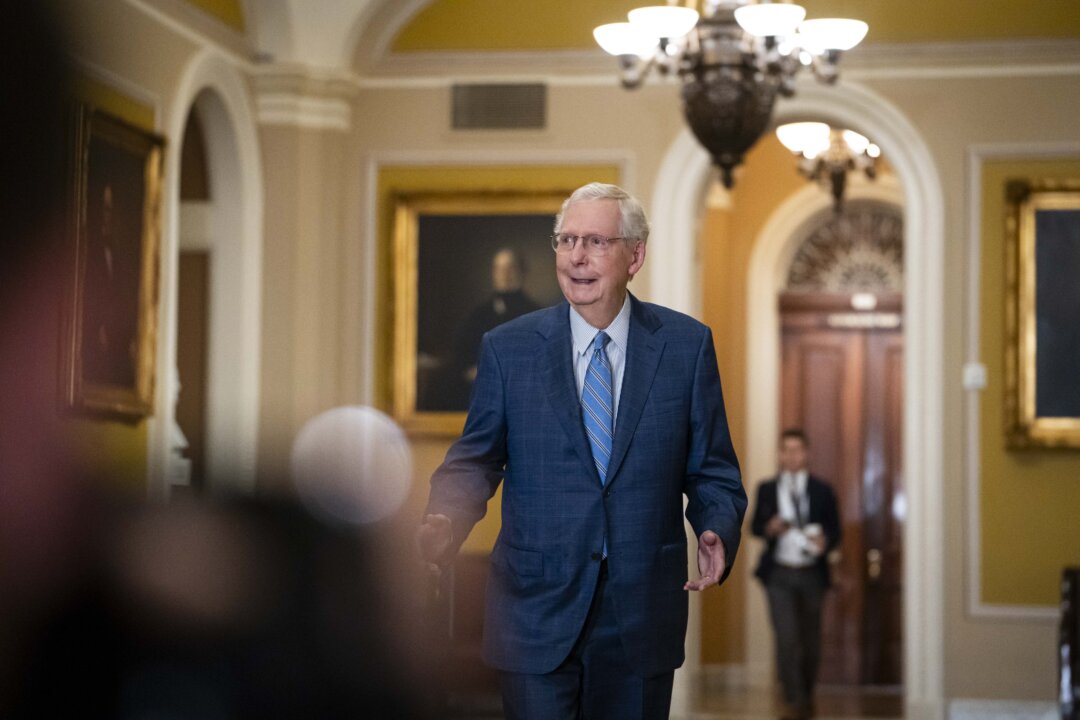
SPRINGFIELD — A bill that would ban carbon sequestration activity within the footprint of the Mahomet Aquifer received its first legislative hearing on Wednesday but failed to advance as state lawmakers seek more input on an issue some view as existential. "I think it's most important that we get this right," said Senate President Don Harmon, D-Oak Park, adding that he viewed the hour-long Senate Executive Committee hearing as "the beginning of a very critical conversation." The legislation, filed earlier this fall by state Sen.
Paul Faraci, D-Champaign, comes as lawmakers grapple with how to ensure the aquifer, the sole water source for more than 800,000 people across much of east-central Illinois, is protected while a nascent carbon capture and sequestration industry, eyeing Illinois due to favorable geology, gets off the ground. Lawmakers passed and Gov. JB Pritzker signed legislation earlier this year that built upon, and filled gaps in, existing federal regulations to carbon capture and sequestration.
This included key protections such as a two-year moratorium on pipeline construction, extra permitting requirements and safety provisions. But left unaddressed was whether protections would be enacted to prevent carbon injections thousands of feet underneath sole source aquifers. The designation is significant as it indicates an aquifer that supplies at least 50% of the drinking water for the region and that there is no reasonable alternative source should it become contaminated.
Faraci The Mahomet Aquifer is the only EPA-designated sole source aquifer in Illinois. "The push for carbon capture and storage is an essential part of our broader strategy to combat climate change and move forward a sustainable future," Faraci said. "However, we must balance innovation and progress with vigilant protection of our natural resources.
" Concerns grew a few months ago when Archer Daniels Midland Co. was cited by the U.S.
EPA in August for injection activity not allowed under its federal carbon sequestration permit and for violating the Safe Drinking Water Act. The agribusiness giant, which has been injecting carbon underneath its Decatur facility for more than a decade, discovered in March that injected carbon seeped from a corroded monitoring well pipe into the ground about 5,000 feet below the surface. Though thousands of feet below any drinking water sources, it was 500 feet above were ADM is permitted to inject carbon.
ADM later paused carbon injections at its Decatur site after tests revealed a seepage of fluids from a second monitoring well. That pause is still in effect. The company holds the only permit to inject carbon in the entire state.
And it is not within the footprint of the Mahomet Aquifer. Participants look over an injection well head during a tour of the Illinois Industrial Carbon Capture and Storage Project in Decatur on Sept. 22, 2017.
The goal of the effort was to store 1 million tons of carbon dioxide per year deep underground. However, there are applications for 22 carbon injection well applications in Illinois that are in the pipeline, according to the U.S.
EPA. And some of those are within the aquifer's footprint and could be approved as early as 2025. Experts on carbon capture and sequestration who testified on Wednesday said that the risk of a carbon well leak impacting water wells, which are hundreds of feet deep compared to the thousands of feet for carbon storage sites, is "very, very low.
" "To date, PRI has found no evidence of negative impacts of carbon storage to the groundwater supply," said Marc Miller, deputy director of the Prairie Research Institute and the University of Illinois Urbana-Champaign. This, however, did not cut with lawmakers representing areas within the aquifer nor with environmental advocates and many residents within the footprint, who say that a very low risk is too much risk. "The point here is we shouldn't have any risk," said state Sen.
Chapin Rose, R-Mahomet. "There's like no acceptable risk because this is the sole source." Faraci said that the status of the aquifer as it relates to carbon sequestration is "probably the number one issue" he hears about from his constituents.
The bill is supported by environmental groups like the Illinois Environmental Council and Sierra Club. The town of Normal and McLean County, through their contract lobbyists, also slipped in support. The Illinois Farm Bureau is neutral.
It is opposed by business groups, such as the Illinois Manufacturers Association and the Illinois Chamber of Commerce, as well as the Illinois Soybean Growers Association and the powerful Local 150 Operating Engineers union. Donovan Griffith, the IMA's vice president of governmental affairs, encouraged lawmakers to "slow things down," noting that the carbon capture legislation that was approved earlier this year was the product of years of conversations and months of painstaking negotiations between a wide range of interest groups. "There's no need to pass this today," Griffith said.
"As has been described, there's no carbon sequestration happening under the Mahomet Aquifer; none is going to be happening tomorrow. I think we have some time to, again, do that due diligence, have those conversations." Faraci said he plans to start those conversations this week.
"This is not an overnight kind of fix, and there are a lot of parties that are concerned and interested in getting this done right," Faraci said. How sustainable is an electric vehicle whose manufacturing process depends heavily on natural gas? How "green" can a LEED-certified building be when it is constructed with materials with major carbon footprints such as glass and concrete? Even when creating sustainable products, industrial activities like construction and manufacturing contribute greatly to pollution. These activities account for nearly a third of U.
S. greenhouse gas emissions, according to the Environmental Protection Agency. Addressing climate change is one of President Joe Biden's top priorities, and his administration has taken aim at some of these unsustainable industrial practices in part of his executive order to achieve net-zero carbon emissions throughout the U.
S. economy by 2050. Machinery Partner researched the U.
S. government's commitments to reducing carbon dioxide and other greenhouse gas emissions resulting from manufacturing industry processes over the past few years. Between the executive order and funding from the Bipartisan Infrastructure Law of 2021 and the Inflation Reduction Act of 2022, there has been substantial activity to reduce U.
S. industrial pollution. This has taken the form of direct investments into research and technologies to reduce pollution in manufacturing, as well as using the purchasing power of the federal government to prioritize products with lower carbon footprints.
In addition to protecting Earth from the devastating effects of climate change, these efforts also support the U.S. manufacturing industry.
By focusing investments in American-made low-emission products, the federal government can prop up domestic companies and grow jobs in an industry that has been struggling for several decades. The Department of Energy allocated more than $6 billion in funding for clean manufacturing technology projects in March 2023. With this funding, the federal government will pay for up to half of the costs for the chosen early-stage, private-sector projects that would reduce emissions in industrial processes that utilize a lot of energy.
The program, called the Industrial Demonstrations Program, will select projects and finalize awards by spring 2024. In June 2023, a smaller DOE program provided $135 million for 40 projects to research, develop, and pilot-scale methods of reducing energy consumption and emissions in the industrial sector. The projects—taking place at national laboratories, universities, and companies across the U.
S.—focus on reducing emissions in cement and concrete, food and beverages, chemicals, petroleum refining, and iron and steel. The month after, the DOE also announced $100 million in grants for state and local governments and public utilities to procure and use products made with converted carbon emissions.
These grants will cover up to half the cost of these materials for awardees, creating further demand for these low-emission products in the economy. In addition to these direct funding opportunities, federal agencies have begun to demand lower-emissions materials for their infrastructure projects. Biden's 2021 executive order created the Buy Clean Initiative , which prioritizes using low-carbon, American-made construction materials in federal projects.
Putting $630 billion in annual federal spending on the line—plus even more in state government spending—has pressured greener practices among U.S. manufacturing companies.
After years of developing and testing low-emissions material requirements, the General Services Administration released official standards in December 2023 for asphalt, concrete, glass, and steel. The month before, the agency also announced plans to invest $2 billion across more than 150 federal projects utilizing these lower-emission products. The GSA estimates that incorporating these lower-carbon materials will reduce the carbon emissions from these projects by tens of thousands of metric tons.
Throughout 2023, the GSA and other agencies announced several high-profile projects using low-carbon procurement standards, including the Department of Homeland Security's new headquarters and the Alexander Hamilton U.S. Custom House in New York City.
The GSA set the first "Buy Clean" standards for concrete and asphalt in March 2022; by December, it had awarded a concrete contract based on the new concrete standards. GSA drafted more comprehensive requirements by May 2023, setting standards for carbon emissions for concrete/cement, asphalt, steel, and glass. Following the release, the agency ran a six-month pilot program applying the requirements to 11 federal projects, including new construction, land port of entry, modernization, and paving projects.
The value of affected materials across these projects totaled around $300 million. In fall 2022, the Department of Transportation released its Buy Clean policies, another major feat considering that transportation comprises another near-third of greenhouse gas emissions. By October, the department had distributed $7.
1 million to state DOTs to identify ways to reduce emissions in highway construction, with a focus on sustainable pavements. Other agencies, such as the Federal Emergency Management Agency and the Department of Housing and Urban Development, have also readily incorporated low-carbon materials into their projects. By encouraging green manufacturing and creating demand for low-emission materials, these federal programs are forging the way to greener U.
S. industrial production. Story editing by Shannon Luders-Manuel.
Copy editing by Paris Close. This story originally appeared on Machinery Partner and was produced and distributed in partnership with Stacker Studio. Contact Brenden Moore at brenden.
[email protected] . Follow him on Twitter: @brendenmoore13 Stay up-to-date on the latest in local and national government and political topics with our newsletter.
.














